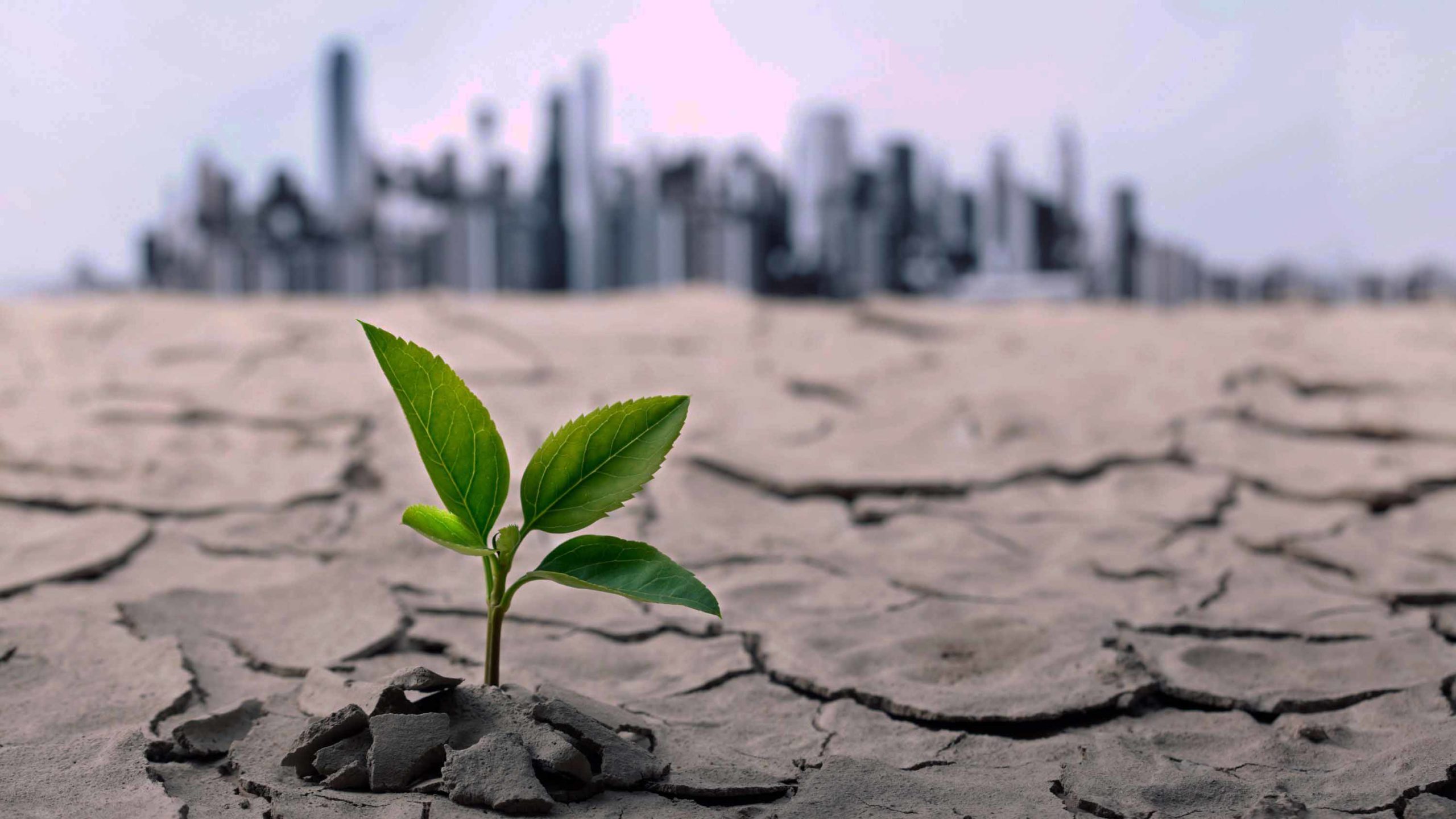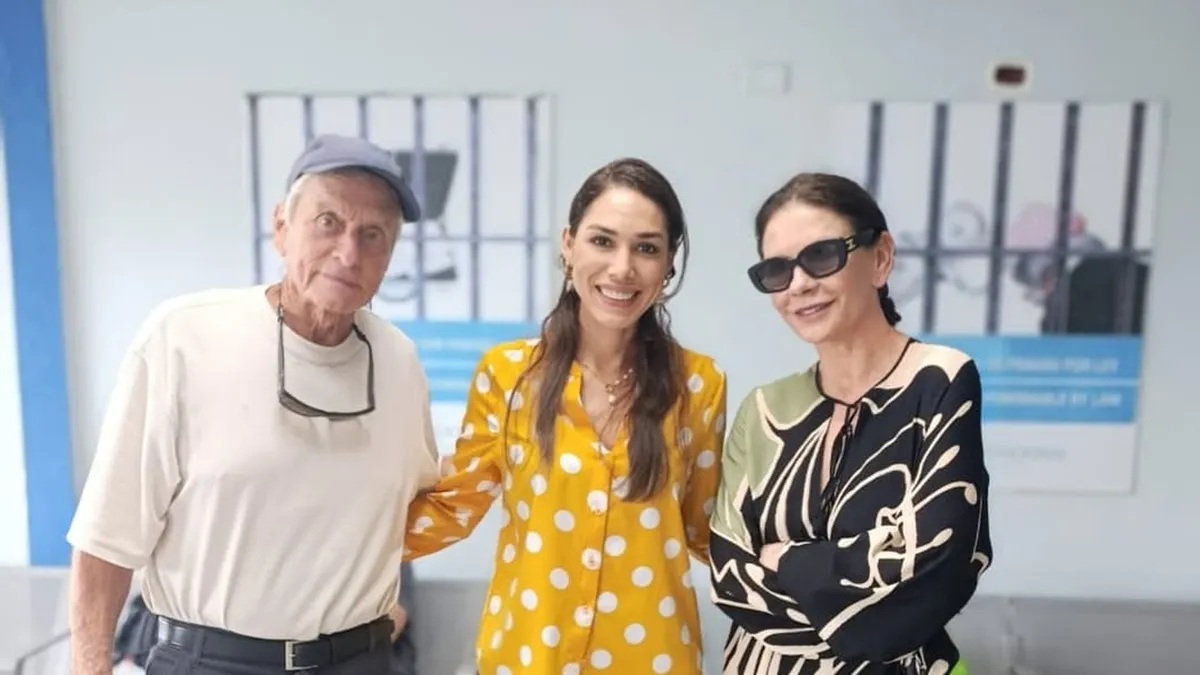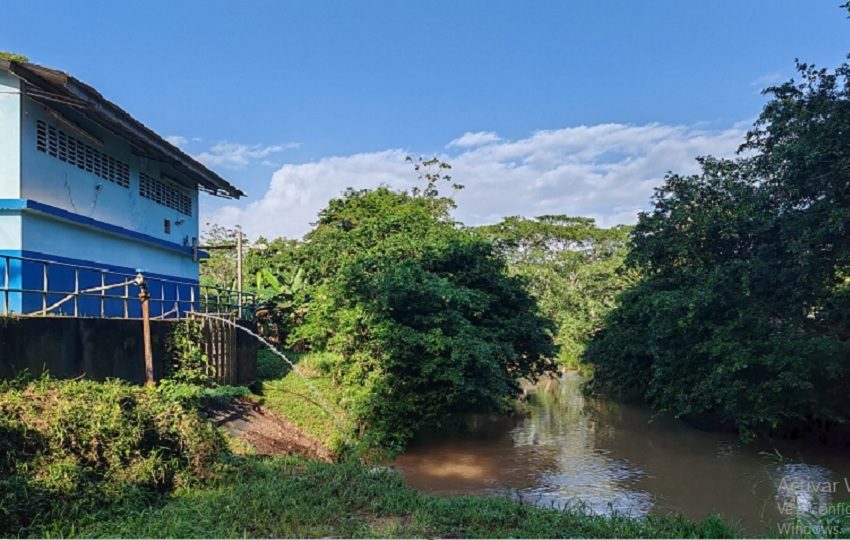Curundú, Panama City: What is Buried Under the Word “Resilience”?

Stories of success are easy to find nowadays — especially ones that make us feel good. Recently, I heard one about an eight year old boy who sold packets of gum on the street in order to afford a pair of cleats for soccer practice. I was staying in Panama City, working with the grassroots organization Asociación Deportiva Curundú (ADC), a soccer team that empowers youth through sport, education and nutrition.
At first, naturally, I admired his determination. But then I caught myself. Why was I impressed and not alarmed? Why should a child have to sell candy in the street in order to play for a youth sports club?
We hear stories like this all the time and call it “resilience.” But that word can quietly excuse a lot. It implies survival, not stability. It’s not “normal” for a child to carry this much weight to do something that he loves.
And yet — in Curundú — it happens. And often.
The neighborhood is tucked in the heart of Panama City. In the very center of Curundú is the Estadio Juan Démostenes Arosemena, a beautiful, imposing thing. It was the first place Andrés Madrid, founder of ADC, showed me on our tour of his home.
Madrid wasn’t eased into boyhood. He became used to shortage at his elementary school, Fe y Alegria, where textbooks were shared and most resources were second-hand. He would pass police patrols and uncollected trash on his way to visit friends.
As he entered his teenage years, he joined a soccer club. At the same time, he stopped waiting for help to arrive. Madrid had always been aware of the issues in Curundú — its poverty and its hardship. As he advanced as an athlete, he began seeking a way to help other kids in Curundú using the sport he loved. That’s when the stadium he knew so well took on a new meaning: one of possibility. He was nineteen years old. Without money or connections, all he could rely on was his determination and his best friend. Yet, despite the odds, Andrés Madrid and César Santos officially created AD Curundú in June 2014.
Grassroots organizations succeed when institutions don’t because they create opportunities from within. This is exactly what Madrid realized was the hope for Curundú.
The neighborhood is a vibrant Afro-Panamanian community in one of the most racially and economically unequal countries of the world. It originated as a median between the United States Canal Zone and Panama City: informally planned, with a majority Black or Indigenous population, its culture is unique to its borders.
Curundú has always experienced tensions with the rest of Panama City. It can’t shake off the stigma: poverty, racial stereotypes, and perceived crime make it difficult for Curundú to forge genuine relationships with other communities in Panama.
But this is not an anomaly. Panama’s neglect for Afro-descendant communities is evident. To this day, Curundú’s health center accommodates only ten visits per day. The two doctors serve a population of 16,000 residents. The government started constructing a new clinic but abandoned the project in 2014.
Over time, Curundú and other such communities have been forced to get by on their own. At their first ADC try-outs, Madrid and Santos had one ball and seventy kids. Teenagers when they started, the founders had to scrap together equipment while working and continuing their own education.
ADC has always been resilient. But as I learnt firsthand, resilience also begs the question: resilient against what? Why haven’t these barriers been removed?
By creating and sustaining ADC, Madrid and Santos are filling a gap that no one else is filling. They’re redefining Curundú on their own terms. Through soccer, they’re building the community from the inside out while challenging the stereotypes of those who live in Curundú.
Unfortunately, Curundú’s problems are not imaginary. Due to the poverty and lack of governmental action, locals have to deal with poverty, teen pregnancies, gangs and criminal organizations. But narratives are exaggerated, flattening the neighborhood’s complexities and colors into a warning: Keep out.
Dash Harris, a Black Latin Americas historian and supporter of ADC, is the first to challenge these stereotypes. Even as a Panamanian, Uber drivers and tour guides warn her about visiting Curundú. She takes this criticism to heart: “Has anything ever happened to you there?” She asks passionately. “What exactly are you warning me against?”
The issue isn’t just misinformation — it’s erasure. Flattening these communities into a single narrative erases the complexity, the beauty, and the struggle. ADC is actively working to change that image, to be in control of the narrative about Curundú and its residents.
In ten years, ADC has produced both national and international professional players — five of the foundation’s graduates now play for Panama national teams.
But this doesn’t shock Madrid and Santos. From the beginning, they had envisioned ADC as a stepping stone from which Curundú kids could leap from. They’ve always known the potential of the neighborhood.
“What I hope for the future of ADC is that like me, other prospects leave not only proud of where they come from but proud to be able to represent the country.” (Davis White, U16 player)
This is a key aspect of ADC’s mission. Every time someone from ADC steps onto an international field, they are not escaping Curundú — they’re representing it.
That is a vivid reality for all members of ADC when they play in local leagues. The actions of these kids reflect on the entirety of the community. Curundú faces barriers based on assumptions about the neighborhood. It’s crucial to rewrite these narratives and uncover the reality: that Curundú is a neighborhood just like any other.
As of 2025, ADC has served 1,200 young people of Curundú. As a grassroots organization, they’ve built their support from the ground up. They’ve been able to play and dominate in a number of soccer leagues across all categories.
This is a story about resilience. Of playing through the rain and under the hot sun. Of filling too-big shoes with tissue, stuffing cardboard shin guards down holey socks, of losing grip on the field without the right cleats yet coming back, again and again, for ten years.
ADC doesn’t ask for sympathy. It asks for recognition. It asks us to challenge the narratives we’ve absorbed — about neighborhoods, about poverty, about what young people from places like Curundú can achieve.
Linda Garziera is an economics student at Duke University, and a published author.
DukeEngage is a 2007 Duke University program which connects students with local nonprofit organizations for a meaningful summer. Dr. Wallace spearheaded the Duke Engage Panama 2025 program this June, which is how myself and eight other Duke students started working with Asociación Deportiva Curundú. If you’re interested in supporting ADC’s mission, please explore their website here or their Instagram.





